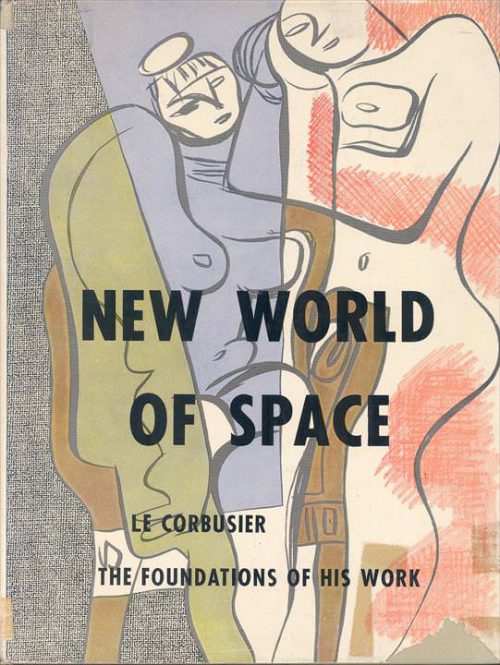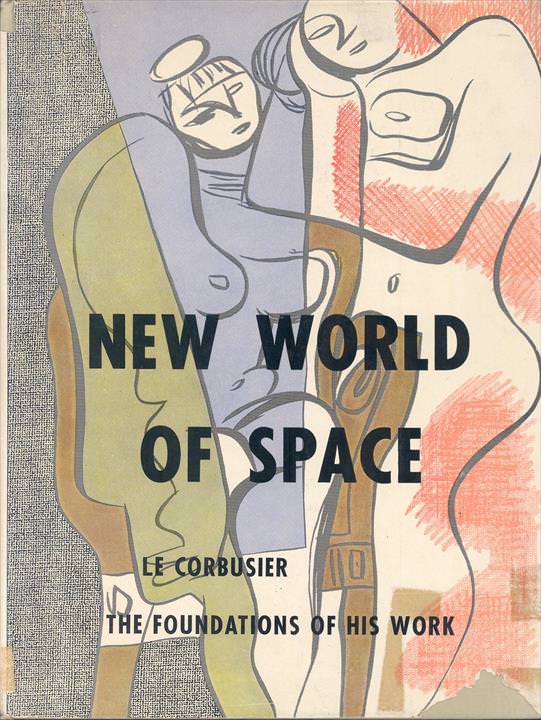New World of Space
Le Corbusier, 1948

Author : LE CORBUSIER
© FLC/ADAGP
Éditions Raynal & Hitchcock, New York, 1948 ; Éditions The Institute of Contemporary Art, Boston, 1948
(Préface de F. S. Wight)
Author : LE CORBUSIER
In this book Le Corbusier has produced a new kind of autobiography. It is a record in three mediums : architecture, painting and printed words. Looking back on his accomplissement Corbusier has condensed it into a theme. He sees modem art and architecture as an adventure in space, as a new conception of space. For Corbusier as man-made construction establishes a field of force ; it composes with its total environment. This pervasive and expansive composition gives his work its great scale His painting expands into architecture, his architecture expands into city planning.
Le Corbusier’s output is here handsomely represented in photographs of the early villas, the beautiful Swiss Building in Paris, the building for the Ministry of Education and Public Health in Rio de Janeiro, the recently commissioned housing project in Marseille. In contrast to these are the famous plans for the League of Nations Palace, for the Palace of the Soviets; the vast plans for the reconstruction of Paris, Algiers and Buenos Aires; the plans for the University of Brazil in Rio de Janeiro The bulk of Corbusier’s plans have never been put into effect. It is his importance to modern architecture that his conceptions have defied compromise. The buildings that politicians have rejected have become an open quarry for a new generation of architects.
Le Corbusier is also a painter and fully one half the reproductions in New World of Space show the evolution of his canvases over the years. Net as well-known as his architectural work, these plates will come as a revelation to many, who will see in them a basic counterpart to his architecture.
